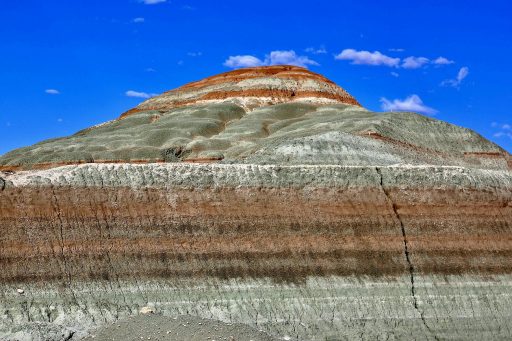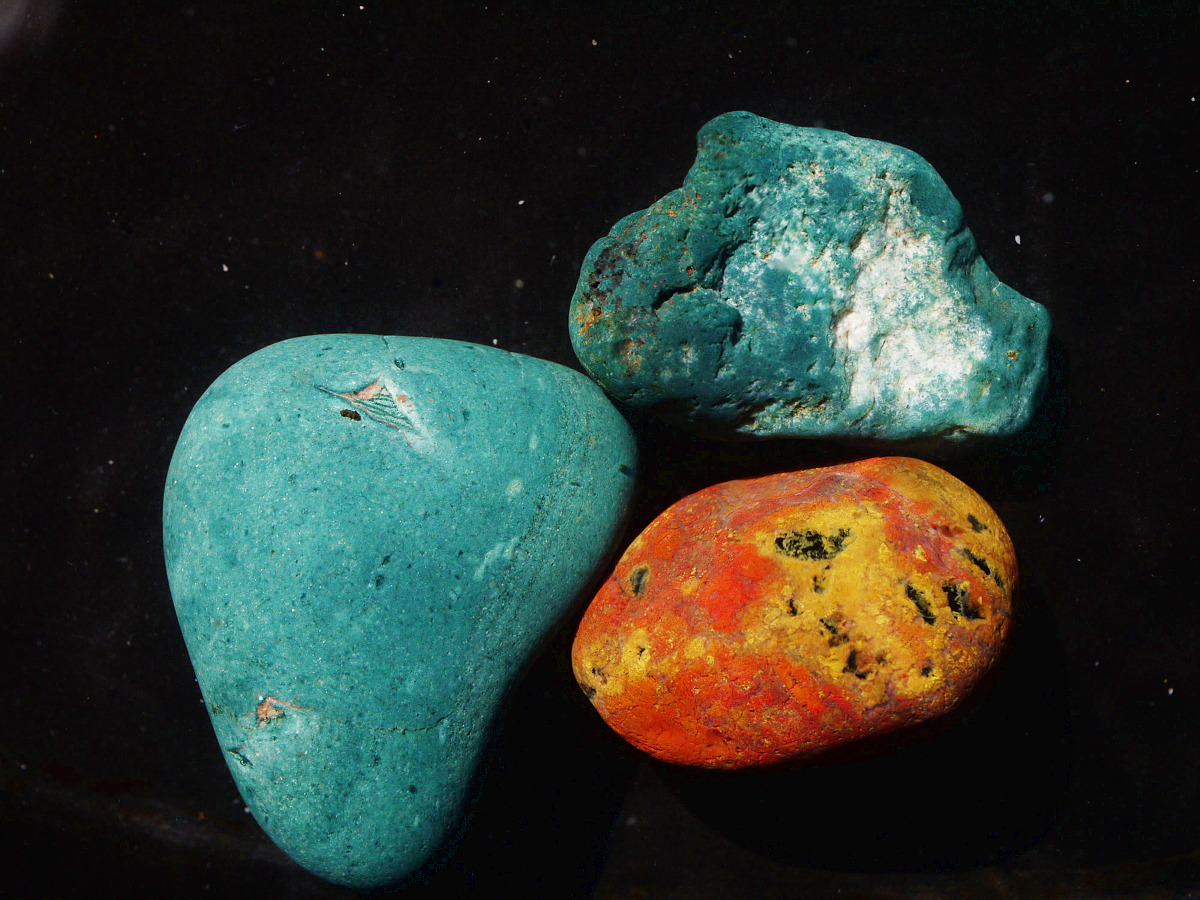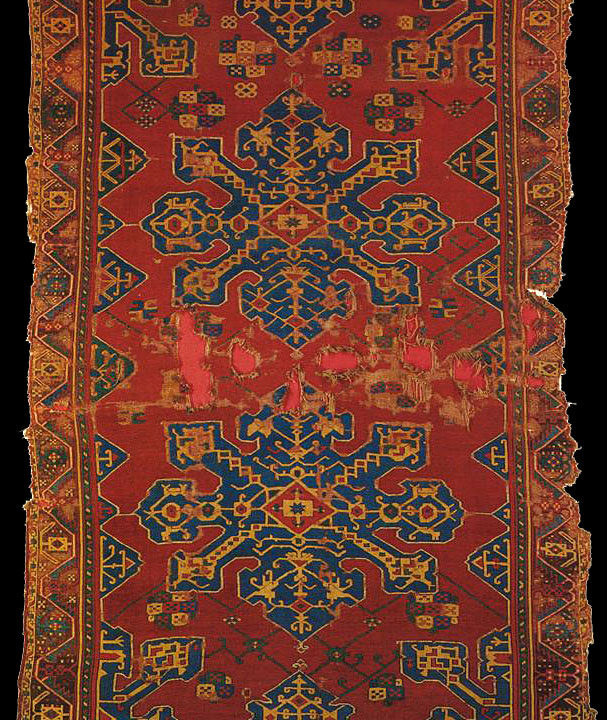
Handwoven Carpets of Turkey -3 Western Anatolia
November 21, 2020Prof. Dr. Peter Thiele is a very well-known academician, traveler, ethnologist, and lecturer. He has given lectures in many universities in Germany and Japan and was the former director of Linden Museum, Stuttgart among many other institutions. He has traveled to Taiwan, Tibet, and many other far-eastern Asian countries for more than 40 years and has spent some years in these countries, and organized many touristic trips and cultural excursions to these lands.
In the text below, you will find his writing on the last trip that he has made to Turkey, and his observations about the country. This is a very valuable and fair observation about passing a holiday in the rural areas of Turkey despite the Pandemic issue, an example to be taken into consideration to continue enjoying this wonderful land and its cultural and natural beauties.
TURKISH IMPRESSIONS
My trip to Turkey this year began with a flight that went smoothly. Arriving at the new Istanbul airport, I took a taxi for €25.00 to the Sultanahmet district, where my friend and an adequate hotel awaited me.
The joy of the reunion was great.
The next day, punctually at 09:00, we started exploring this metropolis of 20 million people again with our English-speaking, very knowledgeable and well-informed tour guide, Deniz.
We frequently used public transport such as trams and buses, which are punctual and reliable in Istanbul.
Our first destination was the Hippodrome, where we admired the rose quartz obelisk with its hieroglyphics, brought from Egypt to Constantinople by Emperor Theodosius around 390 AD. We were particularly taken with the footway with the early Byzantine hippodrome Deniz could tell us a lot about the scenes on all four sides. Furthermore, we looked at the famous serpent column that once stood in the sanctuary of Apollo at Delphi, where it was supposed to commemorate the victories of the Hellenes over the Persians in ancient Greece.
Not to be forgotten in this place was the visit to the German Pavilion with its fountain, dedicated to the Turks by the German Emperor Wilhelm II as a gift of friendship during his state visit in 1898, but officially inaugurated three years later.

Istanbul Hippodrome, The German Pavillion

Istanbul Hippodrome, view of The Obelisk with The Serpent Column
After more sightseeing in this area, we rested on a bench and discussed what we had seen. Then we continued to the tram stop to go towards the oldest Alevi Tekke (Sufi Brotherhood) in Istanbul. On the tram, I realized that I had lost all my photo equipment and my friend’s papers and had probably left them on the bench of the former racecourse. We immediately drove back to the scene, Deniz sprinted to the police station and signaled that the photo bag had turned up. Now here comes a very positive element to the report. The Turkish police, and especially the so-called tourist police, are excellently organized. As soon as an incident such as theft, loss or a crime is reported, the police make a telephone call to all officers in the area, describing the incident and ordering them to take immediate action. This must have been the case in my case. Anyway, the photo equipment was at the police station and after some bureaucratic measures, it was handed over to me. What luck!
After visiting the famous spice market, we drove to the monastery of the Sufi brotherhood, which is considered the oldest site in Istanbul. The cemetery complex with gravestones and inscriptions in Arabic still bears witness to the times of the Ottoman Empire. The respective leading members of the local dervish order with the merits and characteristics of the personalities are set in stone. These are documents for eternity that are stored here in the burial ground.

Sahkulu Dervish Lodge belonging to Alevis of Istanbul
Thanks to Deniz’s intercession, we were particularly lucky to meet and speak with the head of this tekke. He told us about the eventful history of the order in the museum-like kitchen room with pots, pans, and various spoons made of carved wood. We were hospitably entertained and allowed to ask detailed questions about this special order. After about an hour we left this historical place and walked to the landing stage to take a Bosphorus steamer towards the Galata Bridge. The weather was brilliant and we enjoyed the magnificent scenery of Istanbul from the boat. Deniz and I hiked to a rarely visited area, where we could see the partly underground storerooms of the Istanbul merchants. They gave us a good impression of the extensive trade of this city, an impression that the visitor normally does not get to see at all. Deniz, who had also intensively studied the history of trade and especially the internationally active merchants from Italy (Venice, Genoa, etc.) as well as from the Levant and Greece, was able to report extensively on many a family history from countries all over the Mediterranean. He was particularly knowledgeable in the field of textile art, including weaving and knotting, especially as he had personally been intensively involved with textile arts and crafts.
For me personally, the Mevlana Sufi Museum, which has not existed for very long, made a deep impression. Here, not only are the extensive objects of the order displayed in corresponding showcases, but one can also admire the writings in the form of various Korans with filigree miniature paintings. Those interested in the dervish currents and especially the Mevlana will find extensive material here – as in Konya..
After the relatively short visit to Istanbul, my friend and I continued our Turkey trip in an older model Renault Broadway – a classic diesel vehicle – towards Ankara. The roads in Turkey today are excellent, with generously developed motorways and asphalted trunk roads, so visitors can get around relatively quickly.

Mevlevi Museum Galata / Istanbul
At the picturesque Sapanca-Göl (lake) we stopped for a swim. Now we were already in one of the magnificent landscapes of Anatolia, the diversity of which is not expected by the Central European visitor. Situated at an average altitude of 800 – 1200 m, Anatolia offers many geographical faces with mountain ranges, low mountain ranges, drainage-free plateaus, salt lakes, wide river valleys and alpine fold mountains. The landscape is impressive.

Sapanca Lake / Turkey
Shortly before Ankara, we stopped for the night in the appealing Hotel Beypalas in the town of Beypazan/Ankara. The next morning, after a typical Turkish breakfast with tomatoes, cucumbers, black and white olives, as well as scrambled eggs and sweet tea in a glass, we traveled on towards the Black Sea. Our first destination was Kastamonu, where we bought freshly collected chanterelles and porcini mushrooms of the highest quality for consumption on the Black Sea coast. In Kastamonu, these mushrooms are collected from the nearby mountain ranges, dried on a large scale in the sun, packed, and exported all over the world. This seems to be a profitable business for the Turks.

Nallihan plains, Ankara Turkey

Road Construction Ilgaz Valley / Turkey
The onward journey took us through the 5,391 m long Ilgaz tunnel, which was opened at the end of 2016 and cost around €172,500,000. It is a masterpiece of Turkish road construction.
In the early evening, we reached our destination on the Black Sea coast at a small pebble beach with stones shining wonderfully in the water. We were the only European visitors and guests in this remote area with very high recreational value. The search for a suitable accommodation is therefore correspondingly difficult. Mostly well-heeled Istanbul residents come here who own a holiday home and only use it for a few weeks in the summer months.
My friend, who has been holidaying here for decades, knew the locals and they knew him well. He speaks the Turkish language fluently and has already become accustomed to many Turkish customs.

Plains of Anatolia / Turkey

Plains of Anatolia / Turkey

Gemstones, Kastamonu coast, Western Black Sea / Turkey

Gemstones, Kastamonu coast, Western Black Sea / Turkey
The friendliness, helpfulness, and obligingness of the Black Sea Turks will remain in my best memory.
It is hard to imagine more positive impressions in a country that one travels to relatively unprepared.





